Healthy Carbs are a type of macronutrient that is present in a variety of foods and beverages. Carbohydrates include carbs, sugars, and fibre.
The other macronutrients are protein and fat. These macronutrients are essential for the health of your body.
Source of Unhealthy and Healthy Carbs
Carbohydrate-rich foods are a crucial component of a balanced diet. The body receives glucose from carbohydrates, which is then transformed into energy for maintaining biological processes and engaging in physical activity. However, the quality of the carbohydrates is crucial, and some foods high in carbohydrates are superior to others:
- The healthiest forms of carbohydrates—whole vegetables, grains, fruits, and legumes that have not been processed or have had little processing—promote excellent health by supplying vitamins, minerals, fibre, and a variety of significant phytonutrients.
- White bread, pastries, sodas, and other highly processed or refined meals are among the less healthy forms of carbs. These foods have simple carbs, which can make it difficult to lose weight and can increase the risk of diabetes and heart disease.
Type of Carbohydrates
Starches sugar and fibre are the three forms of carbohydrates that can be found in foods and beverages. All three forms of carbs are included when the term “total carbohydrates” is used on a food’s nutritional label.
Sugar: Because they are in their most fundamental form, they are also known as simple carbs. Food that already contains sugar, such candy, desserts, processed foods, and ordinary soda, can also have them added. They also comprise the sugars that are naturally present in milk, fruits and vegetables.
Starches: They are complex carbohydrates made up of a large number of linked simple sugars. To use starches as fuel, your body must first convert them into sugars. Pasta, cereal, and bread are examples of starches. They also contain some vegetables, such as peas, corn and potatoes.
Fibre: Vegetables and fruits whole-grain goods are examples of plant-based foods that include fibre. There is no fibre in any animal products, including dairy and meat.
A complex beneficial carbohydrate is fibre. Fiber cannot be broken down by your body. The majority of it stimulates and assists digestion as it goes through the intestines. Additionally, fibre controls blood sugar, reduces cholesterol, and prolongs feelings of fullness.
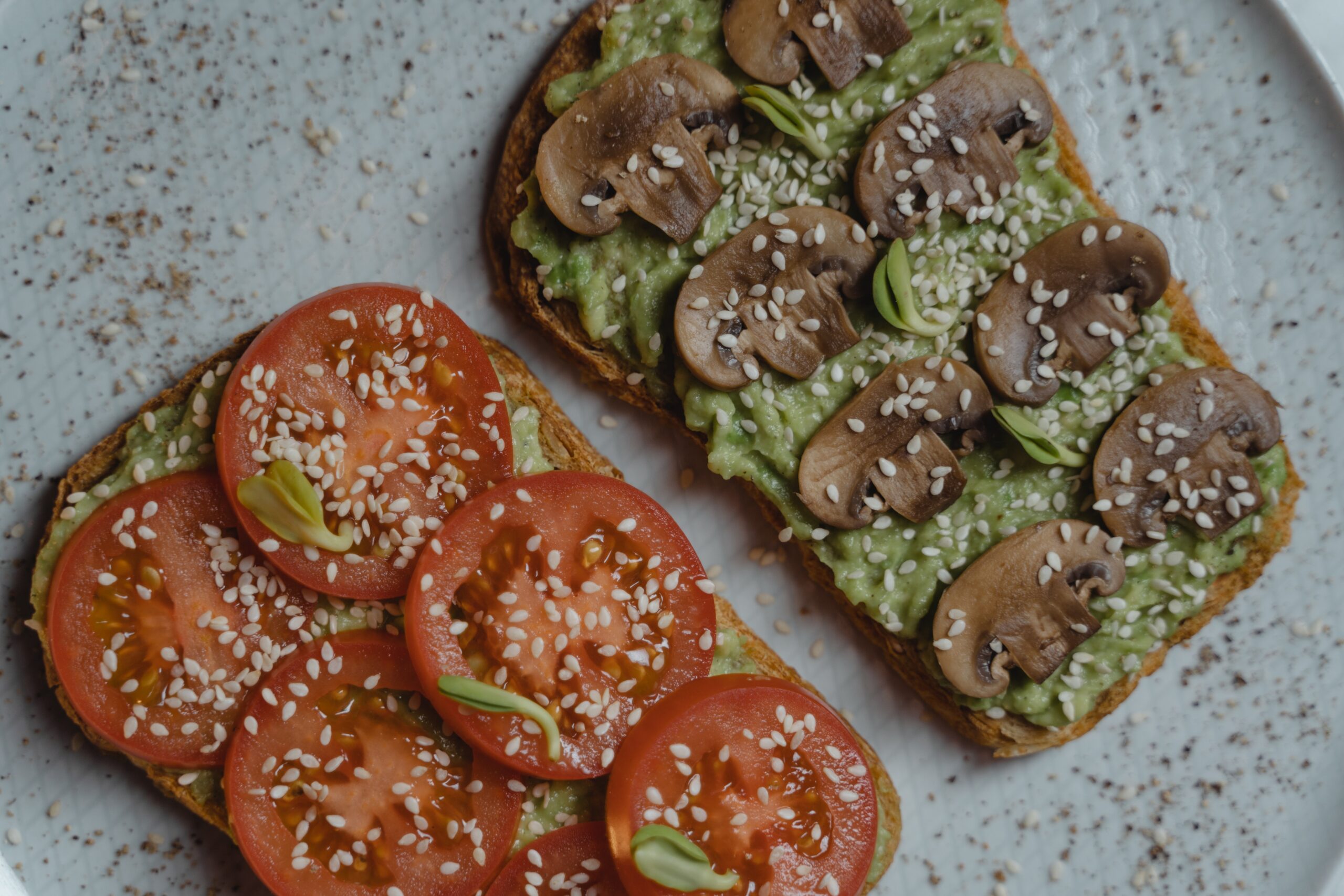
What foods are high in carbohydrates?
Typical carbohydrates-containing food includes:
- Fruits like oranges, apples, bananas, berries, mangoes, and melons.
- Bread, noodles, pasta, crackers, cereals, and rice are examples of grains.
- Dairy items, including milk and yogurt.
- Sweet like cakes, cookies, candies, and other desserts serve as snacks and sweets.
- Lentils, dry beans, and peas are examples of legumes.
- Fruit drinks, ordinary sodas, sports drinks, and sugar-sweetened energy drinks.
- Certain meals, such as meat, fish, chicken, some types of cheese, nuts, and oils, don’t contain a lot of carbs.
- Potatoes, corn, and peas are starchy vegetables.
Carbohydrate in Daily Routine
There is no established daily carbohydrate recommendation. The amount that’s good for you depends on your age, gender, medical issues, degree of activity, and weight objectives. Some diabetics find that counting carbohydrates helps them control their blood sugar.
The U.S. Department of Agriculture (USDA) advises using the My Plate or healthy plate method for the majority of people. You must complete:
- Fruits and vegetables should make up half of your plate.
- Whole grains should make up one-fourth of your dish.
Carbohydrate Process in Body
Carbohydrates are converted to glucose or blood sugar by your digestive system. Glucose is absorbed by your bloodstream and used by your body as fuel.
Blood sugar levels are impacted by how many carbohydrates you eat. Blood sugar levels can rise if you consume a lot of carbohydrates. Hyperglycemia, or high blood sugar, increases your risk of developing diabetes. Low blood sugar can occur in certain persons who don’t eat enough carbohydrates (hypoglycemia).
On one fourth of your dish, put protein (meat, fish, beans, eggs or dairy).
Is following a low carb diet safe?
To lose weight, many people adopt a low-carb diet. This typically entails consuming 25 to 150 g of carbohydrates daily. Although this kind of diet may be secure, you should see your doctor before beginning it. Low-carb diets might decrease your daily fibre intake, which is one of their drawbacks. They might also be challenging to maintain over time.
The body receives its energy from healthy carbs. It converts to glucose and gets into our bloodstream. Glucose is used by the body’s cells to make ATP.




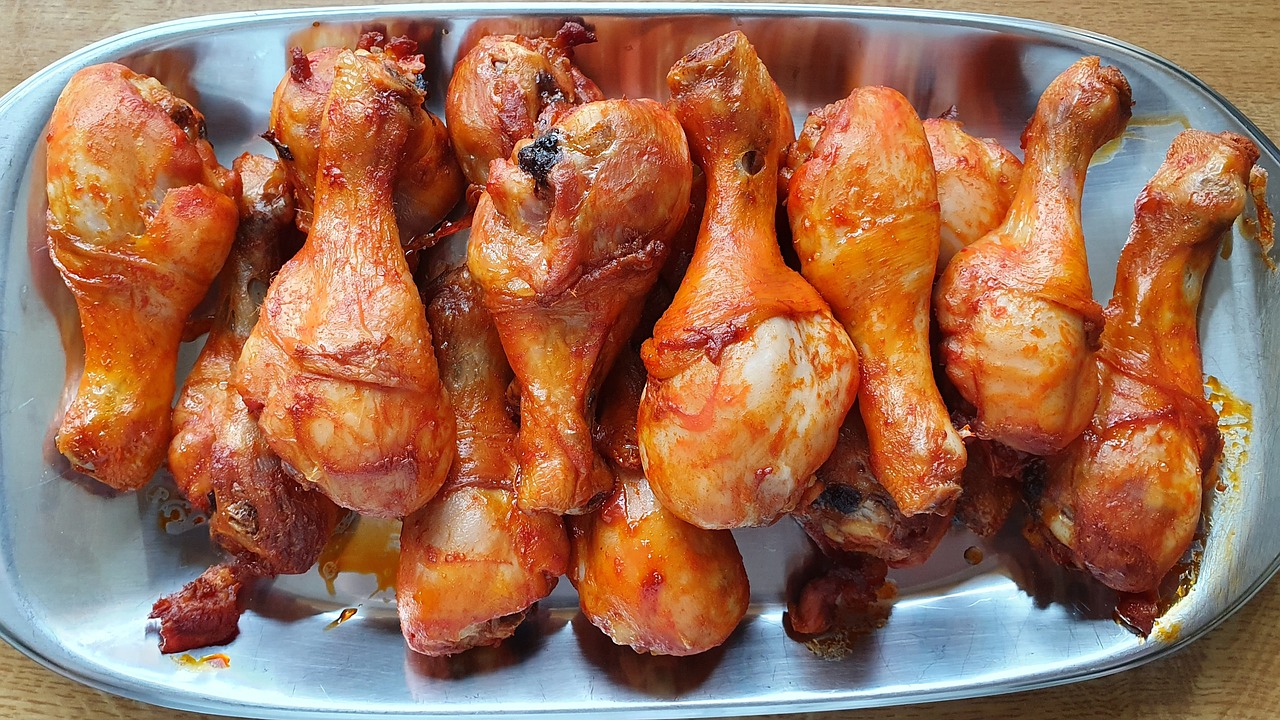

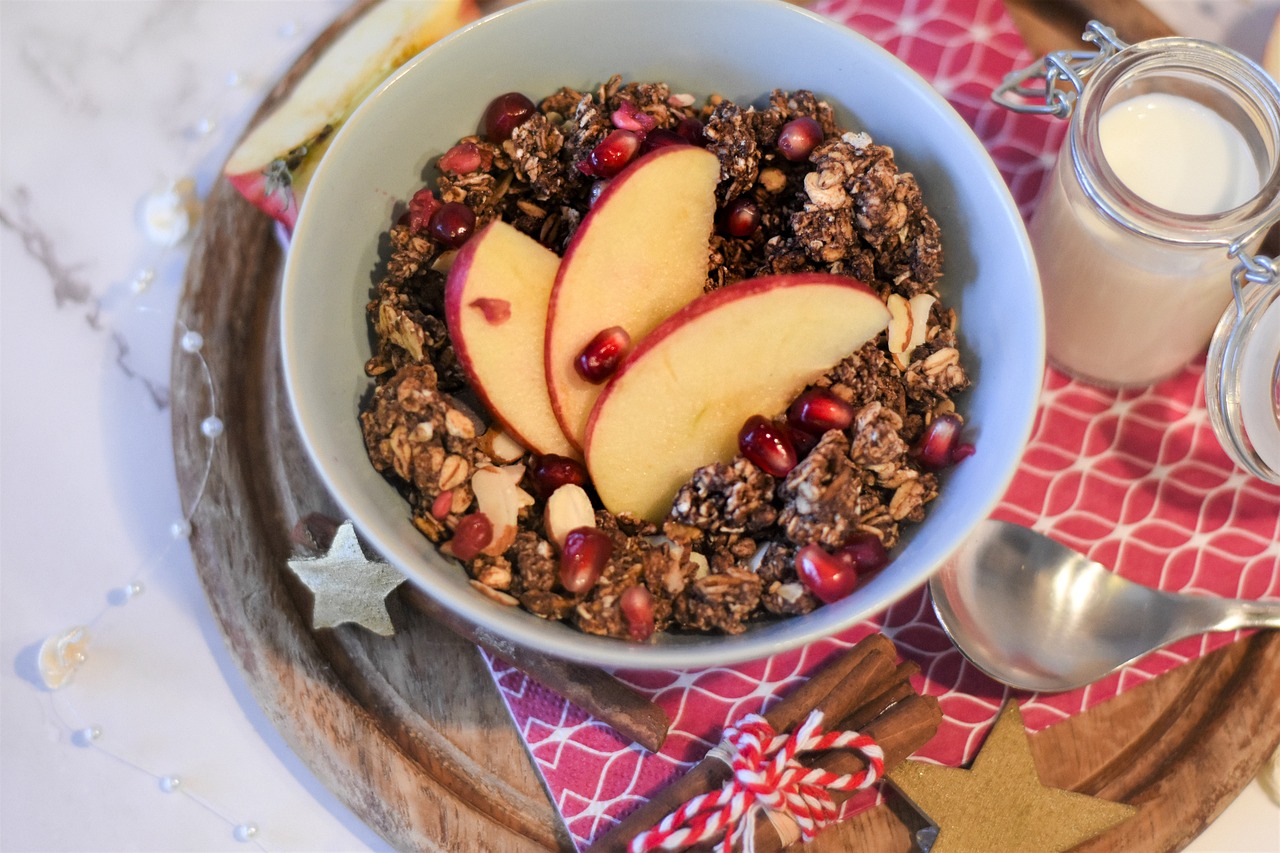


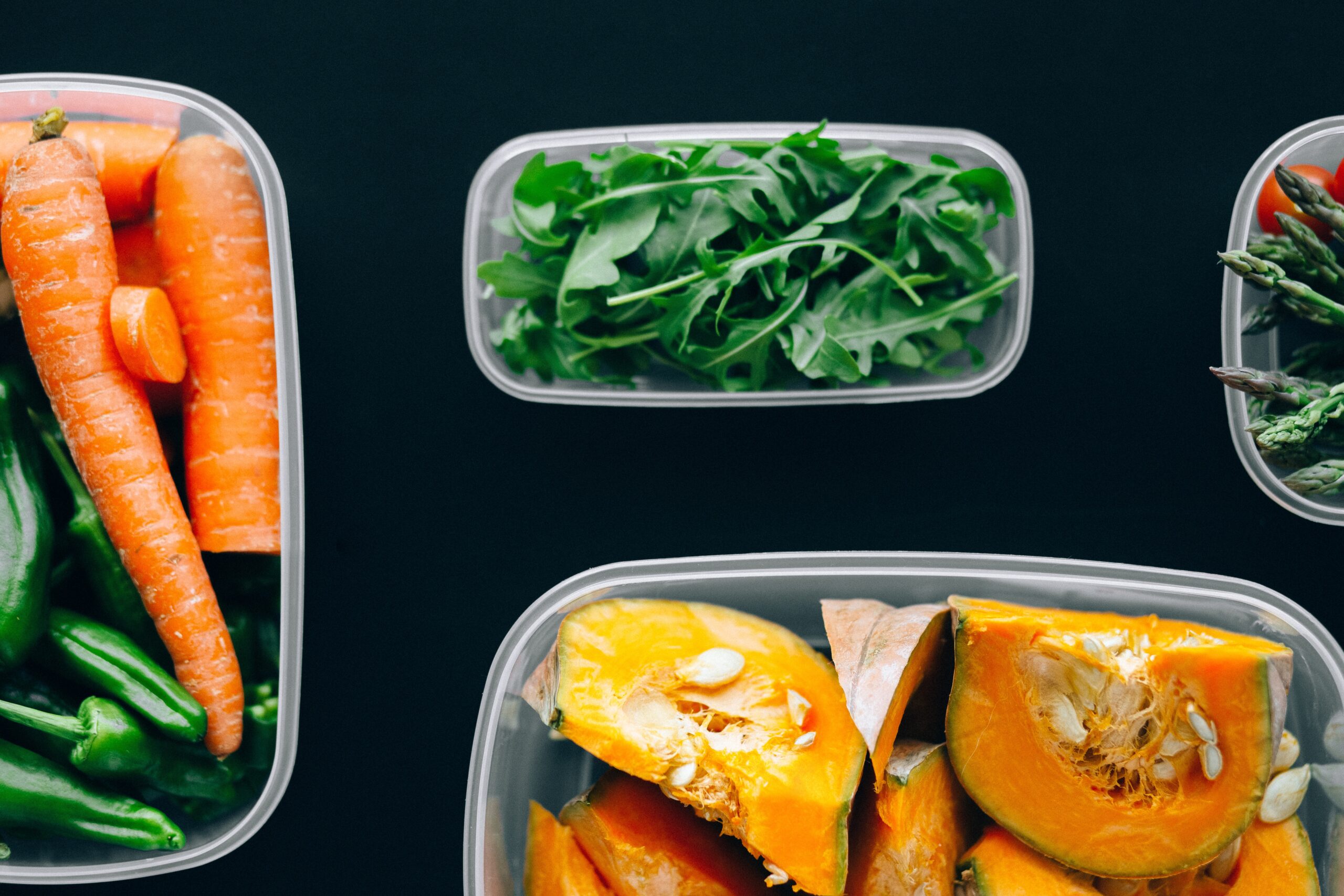



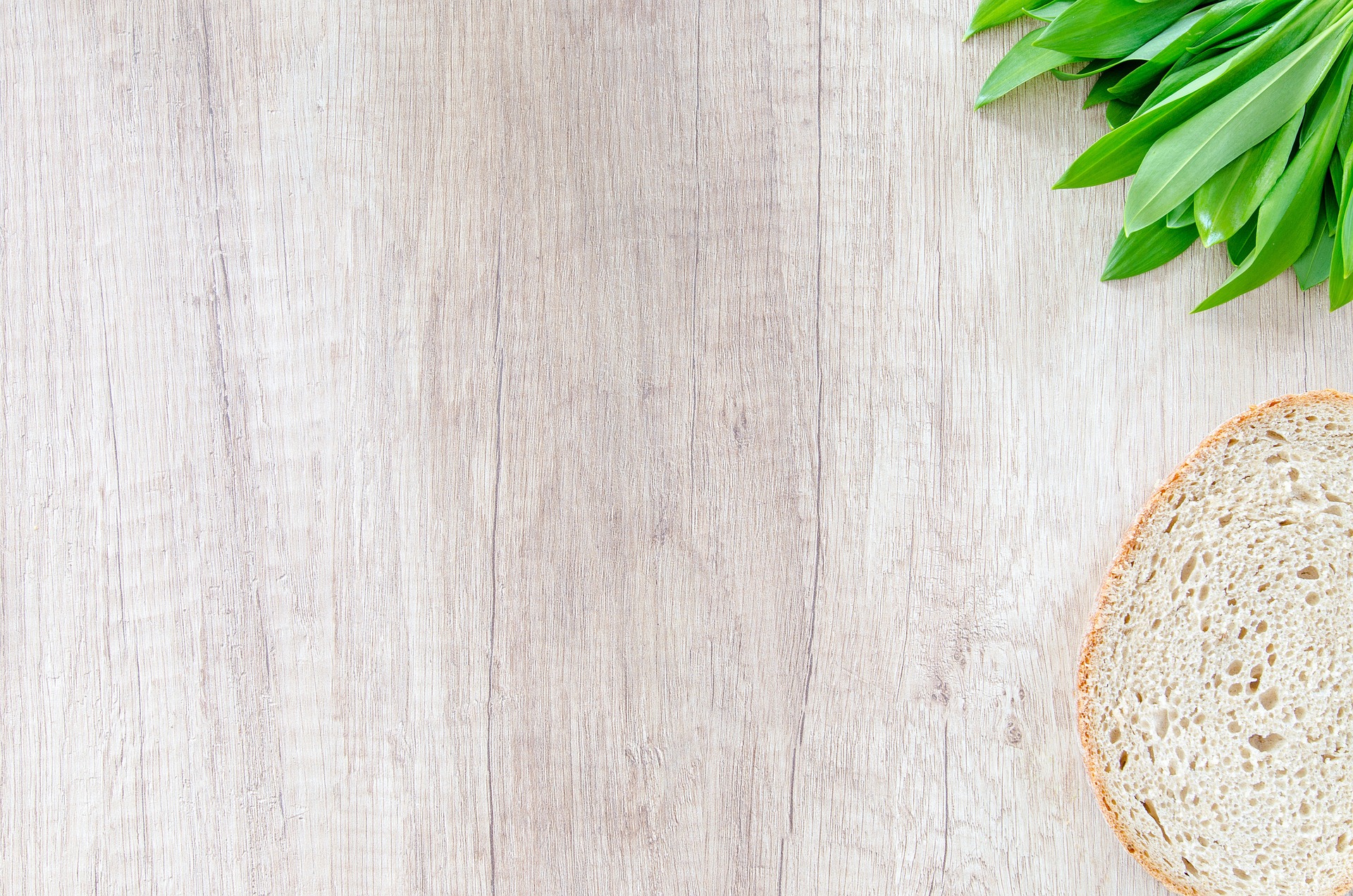
Leave a Reply
View Comments